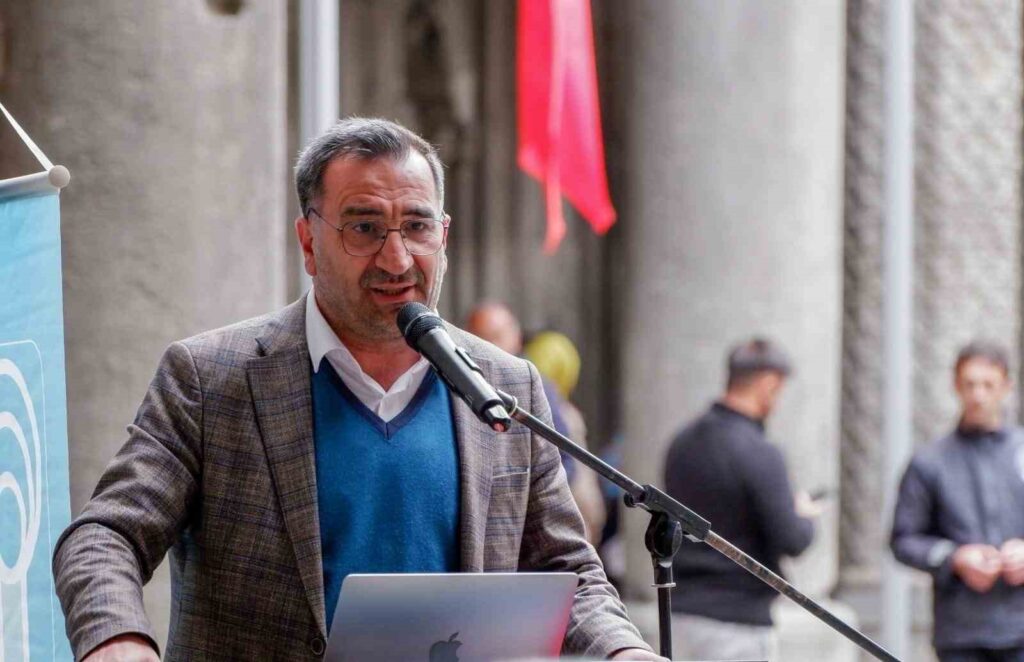The 2500-year-old Stone Father Statue is the center of attention.
The 2,500-year-old ‘Stone Father’ statue displayed at the Erzurum Museum has become the center of attention for visitors. Stone fathers (stone ancestors) were used as gravestones for thousands of years. Perhaps one of the most valuable examples of stone fathers in our country is in Erzurum …

The 2,500-year-old ‘Stone Father’ statue exhibited in Erzurum Museum has become the center of attention for visitors.
Stone fathers (stone ancestors) were used as tombstones for thousands of years. One of the most valuable examples of stone fathers in our country is displayed in Erzurum. In 2020, a 123-centimeter tall and 45-centimeter wide ‘Stone Father’ statue, believed to date back to the Kipchak period and made to represent the individuals buried in graves, was found in the Ormanlı neighborhood of Şenkaya district in Erzurum. A local farmer named Aytaç Alver, while grazing his animals, noticed a statue with motifs among the grass and contacted the Museum Directorate, suggesting that the stone resembled a valuable artifact and needed to be examined.
Exhibited in Erzurum Museum
After research and examinations, it was revealed that the statue was a 2,500-year-old ‘Stone Father’ statue. The Stone Father statue, examined by archaeologists, was placed in Erzurum Museum after its restoration was completed. Now, the Stone Father, which has become the focal point of museum visitors, particularly attracts the interest of children. In the steppes, the most common type of grave for nobles is the ‘kurgan’, where a mound of stones and earth is raised over a wooden burial chamber according to the importance of the individual, and rough human-shaped statues representing the deceased are erected, which are usually referred to as ‘Stone Father’.
A unique and unparalleled artifact
The Stone Father statue exhibited in Erzurum Museum, holding a bowl and adorned with four sequential belts around its waist, underwent meticulous care, restoration, and conservation work after its discovery. The statue, which is 1 meter 23 centimeters tall and 47 centimeters wide, has decorative motifs on its face, hands, and belt, and is stated to be one of the unique (one of a kind) artifacts of the museum and our country. Experts at Erzurum Museum indicate that the artifact, dating back 2,500 years, is one of the most distinct forms and examples of Turkish burial traditions. They stated, “The Stone Father is a tombstone erected by Turkish tribes found in Central Asia, especially before Islam, for the graves of great statesmen. As in Turkish traditions, the figure holds a ‘bengü bade bowl’ and has a series of belts at its waist. This belt signifies that as the number of lines on the belt increases, so does the rank and position of the deceased Turkish figure. The ‘Bengü Bade’ in its hand indicates that it has gone to immortality by drinking from the cup of eternity after death. There are no similar ones in our country because their originals are in Central Asia. As is known, Turks spread from Central Asia towards Turkey. Of course, there are different examples in Central Asia, but the first example in our country is in our museum. The artifact dates back approximately 2,500 years ago.”







